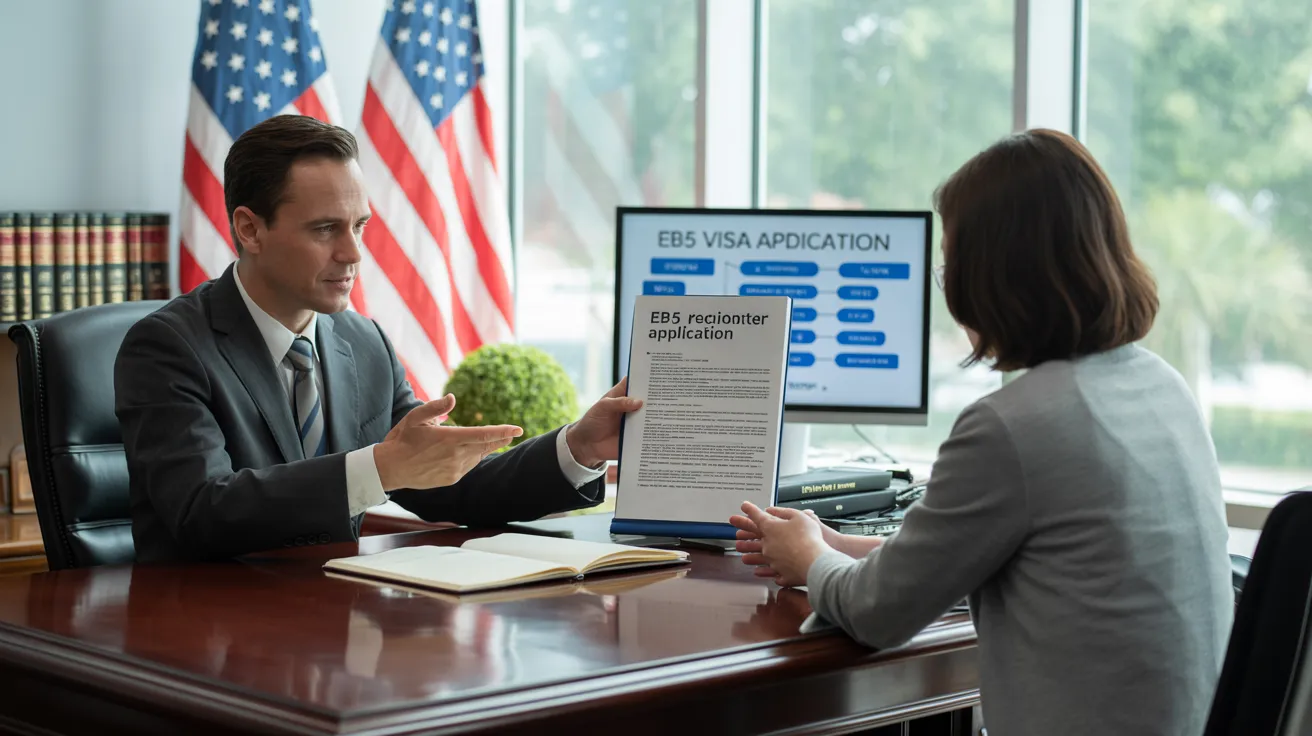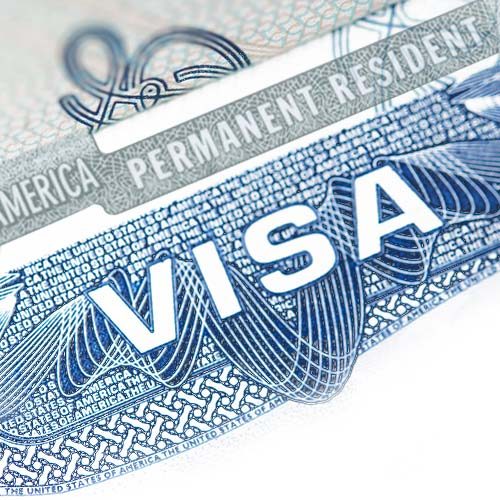The Best Strategy To Use For L1 Visa
Table of ContentsThe smart Trick of L1 Visa That Nobody is DiscussingL1 Visa - The FactsThe 8-Minute Rule for L1 VisaWhat Does L1 Visa Mean?An Unbiased View of L1 VisaL1 Visa - Truths
Readily Available from ProQuest Dissertations & Theses Worldwide; Social Science Costs Collection. (2074816399). (PDF). Congress. (PDF). DHS Office of the Examiner General. (PDF). (PDF). "Nonimmigrant Visa Data". Obtained 2023-03-26. Department of Homeland Security Office of the Inspector General, "Testimonial of Susceptabilities and Potential Abuses of the L-1 Visa Program," "A Mainframe-Size Visa Loophole".

United State Department of State. Recovered 2023-02-08. Tamen, Joan Fleischer (August 10, 2013).
All About L1 Visa
In order to be qualified for the L-1 visa, the international company abroad where the Recipient was employed and the United state business need to have a qualifying relationship at the time of the transfer. The different types of qualifying partnerships are: 1.
Firm An owns 100% of the shares of Company B.Company A is the Moms And Dad and Firm B is a subsidiary. There is a qualifying connection between the 2 business and Firm B should be able to sponsor the Recipient.
Instance 2: Business A is integrated in the united state and intends to request the Beneficiary. Company B is included in Indonesia and uses the Beneficiary. Company An owns 40% of Business B. The continuing to be 60% is had and managed by Business C, which has no connection to Company A.Since Firm A and B do not have a parent-subsidiary relationship, Firm A can not fund the Beneficiary for L-1.
Business A possesses 40% of Company B. The remaining 60% is possessed by Business C, which has no relation to Firm A. However, Firm A, by formal arrangement, controls and complete handles Company B.Since Firm An owns less than 50% of Firm B however takes care of and regulates the firm, there is a qualifying parent-subsidiary partnership and Business A can fund the Beneficiary for L-1.
L1 Visa for Dummies
Associate: An associate is 1 of 2 subsidiaries thar are both had and controlled by the same parent or person, or possessed and regulated by the same group of individuals, in basically the exact same ratios. a. Instance 1: Company A is incorporated in Ghana and utilizes the Beneficiary. Business B is included in the united state
Company C, additionally included in Ghana, has 100% of Firm A and 100% of Company B.Therefore, Business A and Business B are "associates" or sister business and a qualifying relationship exists between both companies. Firm B must have the ability to sponsor the Recipient. b. Example 2: Firm A is included in the U.S.
Firm A is 60% L1 Visa law firm possessed by Mrs. Smith, 20% owned by Mr. Doe, and 20% owned by Ms. Brown. Business B is incorporated in Colombia and presently uses the Recipient. Business B is 65% owned by Mrs. Smith, 15% had by Mr. Doe, and 20% owned by Ms. Brown. Company A and Firm B are associates and have a qualifying relationship in two various methods: Mrs.
The L-1 visa is an employment-based visa category established by Congress in 1970, enabling multinational companies to transfer their supervisors, execs, or essential workers to their united state procedures. It is typically referred to as the intracompany transferee visa. There are 2 primary sorts of L-1 visas: L-1A and get started L-1B. These types appropriate for staff members hired in various placements within a business.

Furthermore, the beneficiary must have worked in a managerial, executive, or specialized worker setting for one year within the three years preceding the L-1A application in the foreign company. For brand-new workplace applications, foreign employment must have remained in a supervisory or executive ability if the beneficiary is coming to the USA to function as a supervisor or exec.
Not known Incorrect Statements About L1 Visa

If granted for a united state company functional for greater than one year, the initial L-1B visa is for as much as 3 years and can be expanded for an extra 2 years (L1 Visa). Conversely, if the U.S. company is newly developed or has actually been functional for much less than one year, the first L-1B visa is released for one year, with expansions available in two-year increments
The L-1 visa is an employment-based visa category developed by Congress in 1970, permitting international business to move their managers, executives, or key workers to their U.S. operations. It is frequently described as the intracompany transferee visa. There are two primary kinds of L-1 visas: L-1A and L-1B. These kinds are suitable for workers hired in different placements within a company.
Some Known Factual Statements About L1 Visa
Additionally, the recipient needs to have operated in a supervisory, executive, or specialized employee placement for one year within the 3 years coming before the L-1A application in the international business. For brand-new office applications, international employment needs to have remained in a supervisory or executive capacity if the recipient is concerning the USA to work as a manager or executive.
for approximately 7 years to oversee the operations of the united click here state associate as an executive or supervisor. If released for an U.S. company that has actually been functional for greater than one year, the L-1A visa is at first given for approximately 3 years and can be prolonged in two-year increments.
If granted for an U.S. business functional for even more than one year, the preliminary L-1B visa is for as much as three years and can be prolonged for an additional two years. On the other hand, if the U.S. business is recently established or has been functional for less than one year, the initial L-1B visa is released for one year, with extensions available in two-year increments.
Comments on “L1 Visa Timeline”